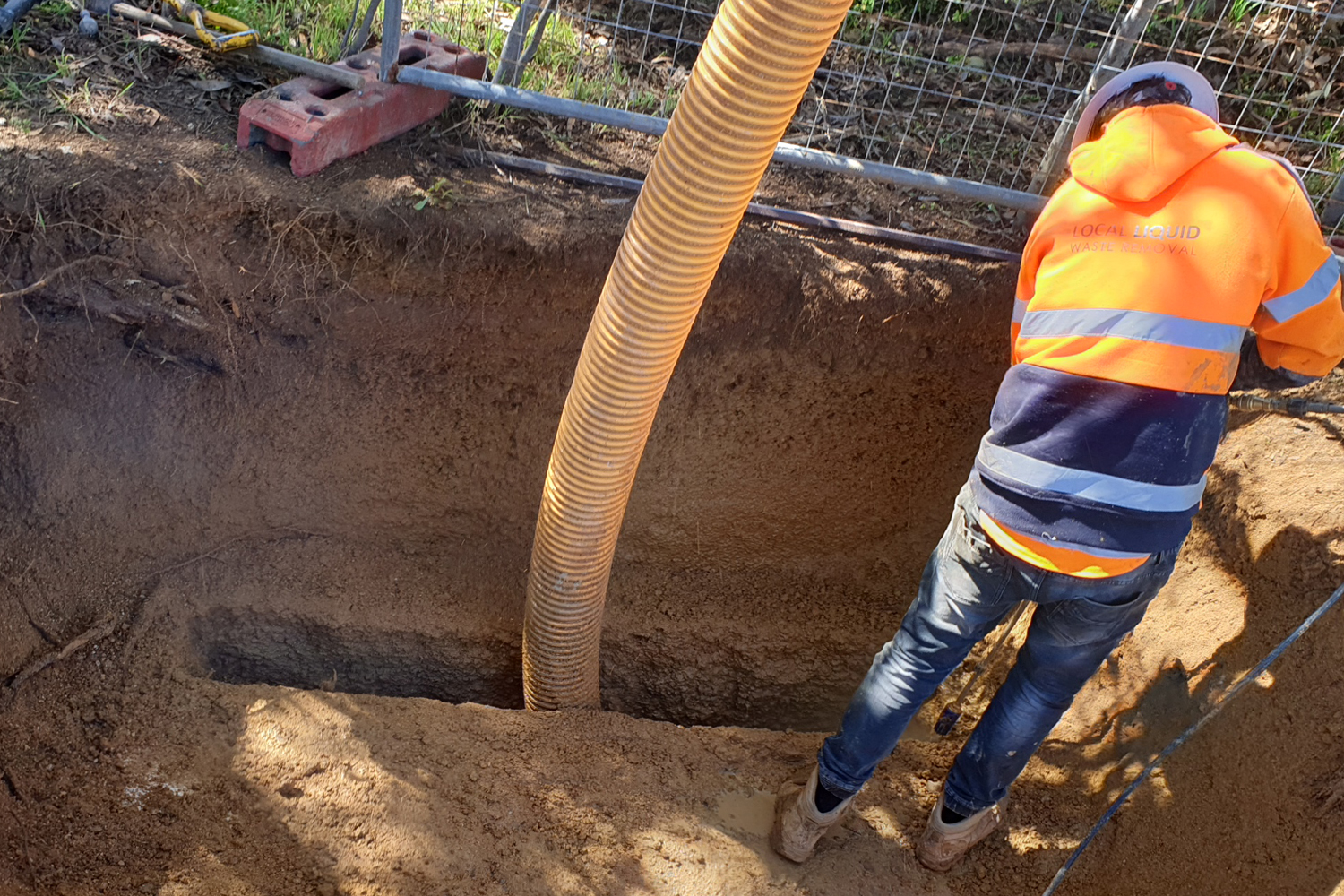There are numerous types and sizes of septic tanks ranging in size, shape and construction materials.
Our basic charge is the same for average septics but the disposal charge {this is set by SA Water} will vary depending on the size of the septic.
Most tanks are made of a single cylindrical tank. They usually have a baffle 1/2 to 2/3 the way down the length of the tank with a couple of small holes half way up the baffle wall. If you are on a STED scheme the water then goes through to the sewer.
If you are not on a STED scheme the water usually goes through to a soakage pit down hill a little or through a reuse system. When the septic is left to long between cleans sludge can flow into the soakage pit, lining it and vastly reducing the amount of liquid that can soak away.
This problem usually comes to light towards the end of winter when you end up with sewage coming out of inspection pipes or the top of the septic. If you have a reuse system the sludge can block sand filters with some systems and build sludge up around pumps in other systems.
